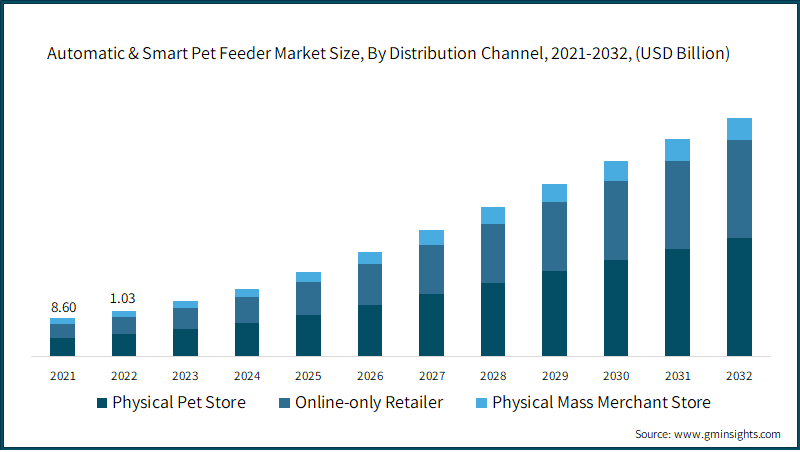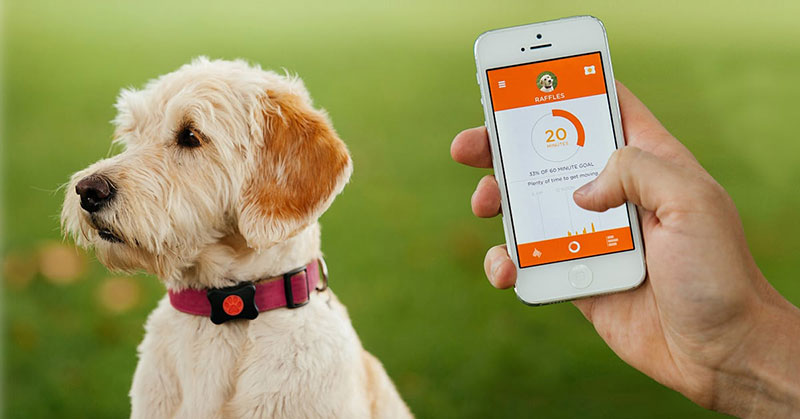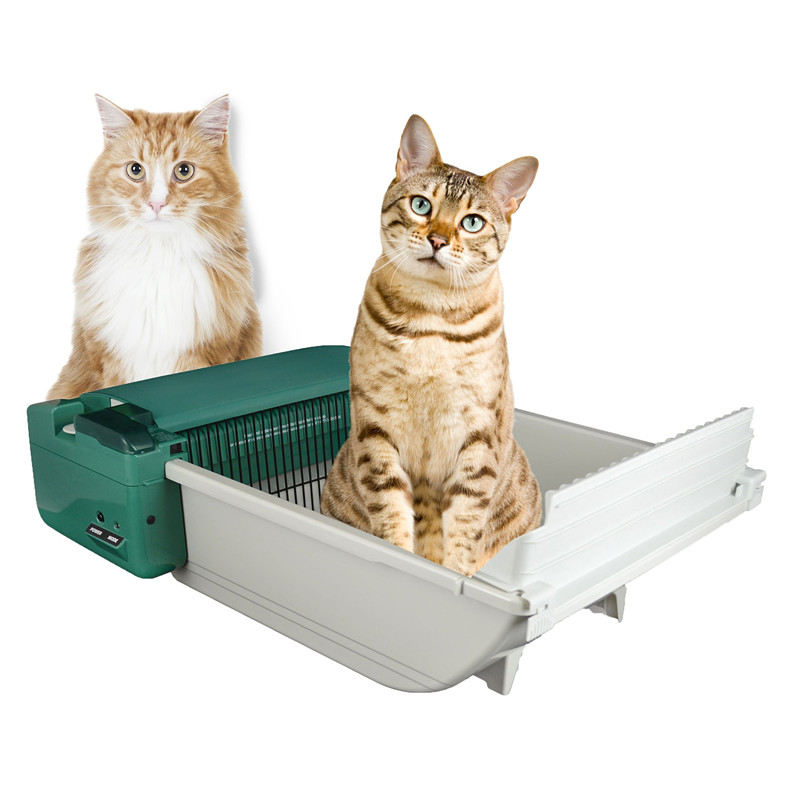The pet supplies market, fueled by the "pet economy," is not only hot in the domestic market, but is also expected to ignite a new wave of globalization in 2024. More and more people are considering pets as important members of their families, and they are spending more on pet food, clothing, housing, transportation, and smarter product experiences.
Taking the US market as an example, according to data from the American Pet Products Association (APPA), millennials account for the highest proportion of pet owners at 32%. When combined with Generation Z, individuals under the age of 40 who own pets in the US account for 46% of the market, indicating a significant purchasing potential among overseas consumers.
The "pet economy" has created new opportunities for the pet products industry. According to a survey by commonthreadco, with a projected compound annual growth rate of 6.1%, the pet market is expected to reach approximately $350 billion by 2027. As the trend of pet humanization continues to rise, there is constant innovation in the development of pet products, expanding from traditional feeding to various aspects such as clothing, housing, transportation, and entertainment.
In terms of "transportation," we have products such as pet carriers, pet travel crates, pet strollers, and pet backpacks.
In terms of "housing," we have cat beds, dog houses, smart cat litter boxes, and fully automated pet waste processors.
In terms of "clothing," we offer various types of apparel, holiday costumes (especially for Christmas and Halloween), and leashes.
In terms of "entertainment," we have cat trees, interactive cat toys, frisbees, discs, and chew toys.
Smart products have become essential for overseas pet owners, especially for busy "pet parents." Compared to pet food such as cat or dog food, smart products such as smart feeders, smart temperature-controlled beds, and smart litter boxes have become necessities for more and more overseas pet owners.
For new factories and enterprises entering the market, developing products that meet consumer demands and provide benefits for both pets and owners through artificial intelligence can lead to greater market opportunities. This trend is also evident in Google Trends.
Highlighted features for factory product development:
Fully automated pet products: Develop targeted products for pet food, housing, and usage, focusing on liberating "pet parents" from manual tasks, saving time and labor costs. Examples include automatic self-cleaning litter boxes, timed and portion-controlled pet feeders, smart interactive cat toys, and temperature-controlled pet beds.
Equipped with positioning trackers: Support location tracking to monitor or detect the pet's physical condition and avoid irregular or abnormal behaviors. If conditions permit, the tracker can send alerts for unusual behavior.
Pet language translator/interactor: Develop an artificial intelligence model that can generate training for cat sounds based on a recorded set of cat meows. This model can provide translation between pet language and human language, revealing the pet's current emotional state or communication content. Additionally, a pet interactive button can be developed for feeding, providing more entertainment and interaction for both "pet parents" and pets, using artificial intelligence solutions to enhance the joy of human-pet interaction.
Post time: Feb-27-2024







